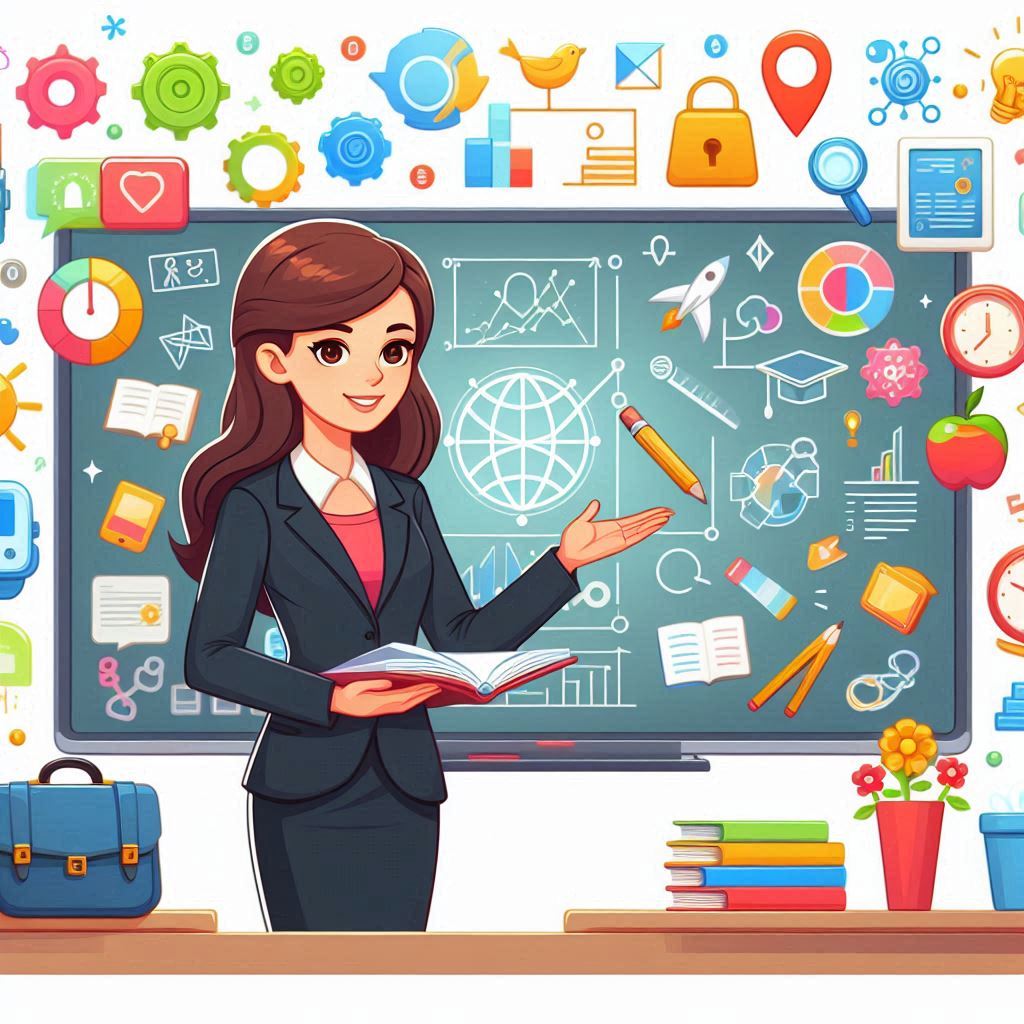The integration of technology in education has brought about significant transformations. This article delves into how technology has reshaped educational practices, its benefits, the challenges faced, and the future prospects it holds.
The Evolution of Technology in Education
Early Innovations and Adoption
Educational tools have evolved significantly over time, from the simple abacus to more advanced devices like slide projectors and televisions. The real shift, however, began with the introduction of computers and the internet in the late 20th century, which started to transform classrooms by providing new methods for learning and teaching.
The Rise of Digital Learning
The internet revolutionized education by making digital learning more accessible. Online courses, educational software, and multimedia resources started to complement traditional teaching methods. Learning management systems (LMS) such as Moodle and Blackboard emerged, allowing educators to organize course materials, facilitate communication, and monitor student progress.
Benefits of Technology in Education
Enhanced Access to Information
Technology has significantly broadened access to information. The internet serves as an extensive repository of knowledge, enabling students to explore topics beyond their textbooks. Resources such as digital libraries, educational websites, and online databases can be accessed from virtually anywhere, at any time.
Personalized Learning Experiences
Adaptive learning software has made it possible to tailor educational experiences to individual student needs. By analyzing student performance data, these tools can adjust the difficulty and type of content presented. This personalized approach helps cater to different learning styles and paces, ensuring that each student can reach their full potential.
Improved Collaboration and Communication
Technological tools such as video conferencing, collaborative platforms, and social media have revolutionized how students and teachers interact. Virtual classrooms enable real-time communication and collaboration, allowing students from different geographical locations to work together and share ideas, receiving instant feedback from educators.
Increased Engagement and Motivation
Interactive multimedia, gamification, and virtual reality (VR) have made learning more engaging and enjoyable. Educational games and simulations provide immersive experiences, making complex concepts easier to grasp. These technologies not only enhance student engagement but also motivate them to learn through interactive and hands-on activities.
Challenges of Integrating Technology in Education
The Digital Divide
Despite the numerous advantages, there are significant challenges to integrating technology in education. One of the main issues is the digital divide—the gap between those with access to technology and those without. This divide can impede the implementation of tech-driven educational initiatives, especially in underserved communities.
Cost and Infrastructure
Implementing technology in education requires substantial investments in infrastructure, including hardware, software, and internet connectivity. For many educational institutions, particularly in developing regions, these costs can be prohibitive. Furthermore, maintaining and updating technology infrastructure demands continuous financial resources.
Teacher Training and Support
The effective use of technology in education hinges on the skills and knowledge of teachers. Professional development and training programs are essential to equip educators with the competencies needed to integrate technology into their teaching practices. However, many teachers struggle to keep pace with rapidly evolving technological advancements.
Privacy and Security Concerns
The increased use of digital tools in education raises significant privacy and security concerns. Protecting student data from breaches and ensuring the safe use of online platforms is crucial. Educational institutions must implement robust cybersecurity measures and educate students about online safety.
Future Prospects of Technology in Education
Artificial Intelligence and Machine Learning
Artificial intelligence (AI) and machine learning (ML) are set to play a pivotal role in the future of education. AI-driven tools can provide personalized learning experiences, automate administrative tasks, and offer predictive analytics to identify at-risk students. Intelligent tutoring systems and virtual assistants can support students in their educational journeys.
Virtual and Augmented Reality
Virtual reality (VR) and augmented reality (AR) technologies have the potential to revolutionize education by providing immersive and experiential learning opportunities. VR can transport students to different historical periods, simulate scientific experiments, and create realistic scenarios for skill development. AR can overlay digital information onto the physical world, enhancing interactive learning experiences.
Blockchain Technology
Blockchain technology can address issues related to the verification and security of academic credentials. By providing a tamper-proof digital ledger, blockchain can streamline the process of issuing, storing, and verifying diplomas and certificates. This technology can also enhance the transparency and accountability of educational records.
Online and Blended Learning Models
The COVID-19 pandemic has accelerated the adoption of online and blended learning models. These models combine traditional face-to-face instruction with online components, offering flexibility and accessibility. The future of education will likely see a continued emphasis on these hybrid approaches, catering to diverse learner needs and preferences.
Case Studies: Successful Implementation of Technology in Education
Khan Academy
Khan Academy is a prime example of how technology can democratize education. Founded in 2008, this online platform offers free educational resources, including video tutorials, practice exercises, and assessments. With its personalized learning dashboard, Khan Academy allows students to learn at their own pace, making quality education accessible to millions worldwide.
Duolingo
Duolingo, a language-learning platform, leverages gamification and AI to make language acquisition fun and effective. The app’s interactive lessons, quizzes, and rewards system motivate users to practice regularly. Duolingo’s success demonstrates the potential of technology to engage learners and facilitate language learning.
Google Classroom
Google Classroom is a widely adopted LMS that streamlines the creation, distribution, and grading of assignments. It integrates with other Google tools, enabling seamless communication and collaboration. Google Classroom has been instrumental in supporting remote learning during the pandemic, highlighting the importance of accessible and user-friendly educational technology.
Conclusion
The integration of technology in education has transformed the learning landscape, offering numerous benefits such as enhanced access to information, personalized learning experiences, improved collaboration, and increased engagement. However, challenges like the digital divide, cost, teacher training, and privacy concerns must be addressed to fully realize the potential of technology in education.
Looking ahead, advancements in AI, VR, AR, and blockchain technology promise to further revolutionize education, making it more accessible, flexible, and effective. By embracing these innovations and addressing the associated challenges, educators and policymakers can create a future where technology empowers every learner to succeed.
Technology’s role in education is not just about enhancing learning experiences; it’s about transforming the very nature of education itself. As we continue to navigate the digital age, the synergy between technology and education will shape the future of learning, preparing students to thrive in an increasingly interconnected and technologically driven world.


